Recent Articles
Popular Makes
Body Types
2017 Nissan Rogue Sport Road Test and Review
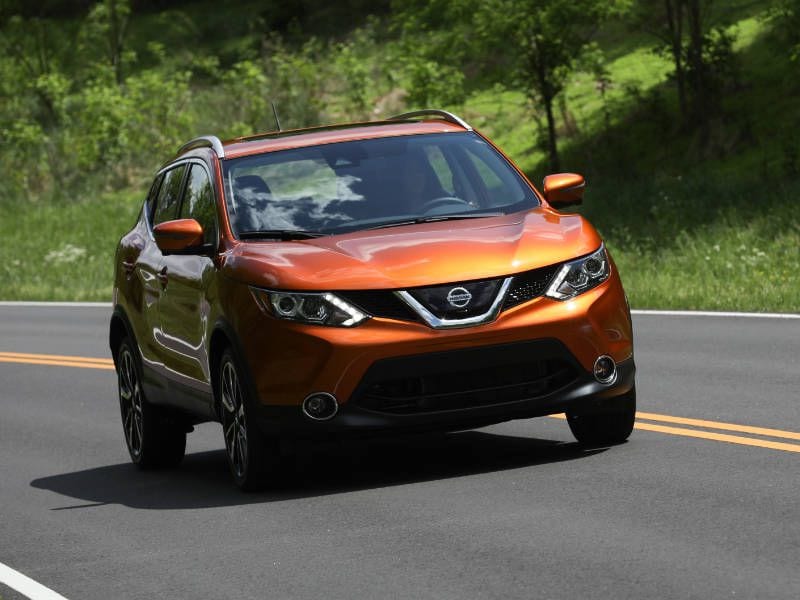
2017 Nissan Rogue Sport Front Quarter Driving ・ Photo by Nissan
Small crossover SUVs are the Next Big Thing, and every automaker is scrambling to get into that market. The latest entrant is the 2017 Nissan Rogue Sport. Normally, your author (a closet marketing geek) abhors “line extension" -- the naming of products after other products from the same brand -- but in this case the Rogue Sport moniker is appropriate; the new SUV really is basically a downsized version of the strong-selling Rogue. Let’s drive Nissan’s new baby SUV and take a closer look.
They should have called it “Rogue Junior.”
At first glance, it’s pretty difficult to tell the Rogue and the Rogue Sport apart. There are differences in the front and rear fascias, but they are so subtle that even gearheads like us have to look twice to see them. From the side, the differences are more apparent; the Rogue Sport is about a foot shorter than the Rogue, but only 2.3 inches of that comes out of the wheelbase (the distance between the front and rear axles), so in profile, the back end looks sportier — which, we suppose, is why they called it Rogue Sport instead of Rogue Junior, or Rogue Light, or Mini-Rogue, or Rougette (We could go on, but you probably don’t want us to).
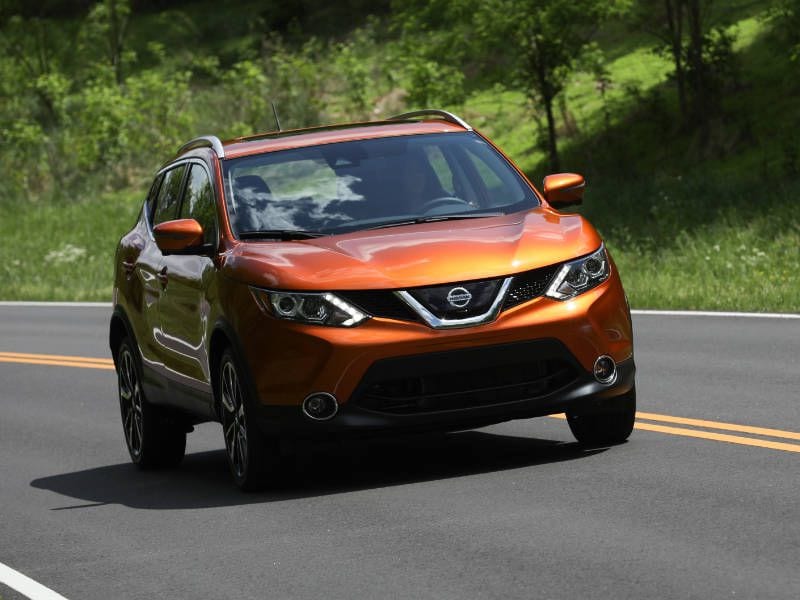
Photo by Nissan
Sensibly Smaller
Inside, most of the lost space comes out of the back seat, which loses 4.5” of legroom compared to the Rogue, and the cargo area, which is 9.1 cubic feet smaller. But the Rogue Sport is about half a foot longer than competitors like the Honda HR-V, Chevrolet Trax, and Jeep Renegade, and back-seat space is, comparatively speaking, generous; adults can sit back there in reasonable comfort, though things get very tight if the folks up front slide their seats all the way back. Cargo space is a useful 22.9 cubic feet. The Rogue Sport does without the fancy reclining back seat from the Rogue, and (no surprise) it also misses out on the Rogue’s optional third-row seat.
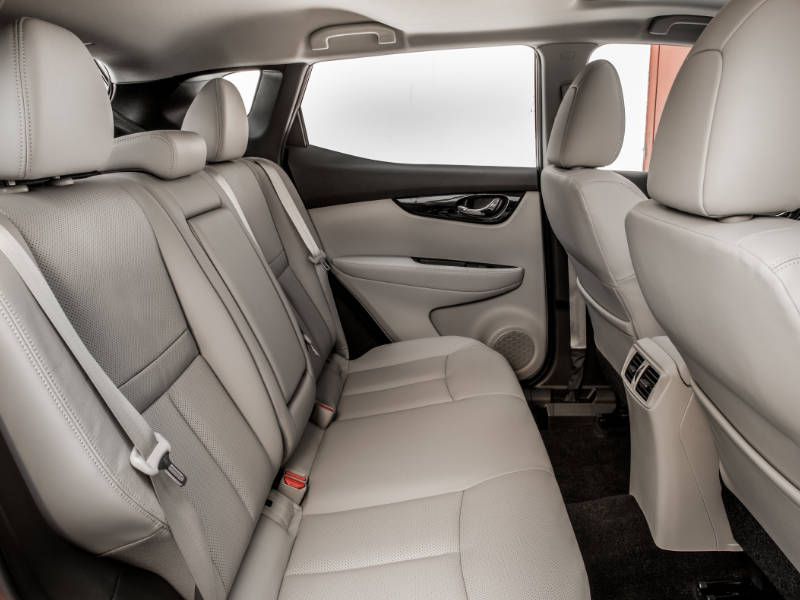
Photo by Nissan
Nice dashboard, but where’s the technology?
The Rogue Sport’s dashboard is virtually identical to that of the regular Rogue, and that’s a good thing. The design is quite handsome and the materials are of high quality. For our first drive, we spent our time with a top-of-the-line SL model, and it felt rather luxurious compared to other subcompact SUVs we’ve driven. Honda’s HR-V could take lessons from the Rogue Sport. On the other hand, the Rogue Sport needs some lessons of its own. Nissan says this is supposed to be a youth-market vehicle, and yet there’s only one USB port and the stereo is not compatible with Android Auto or Apple CarPlay. (Two more USB ports are available as a dealer accessory, but a connected stereo is not.) If you’re going to pitch the Rogue Sport to a tech-savvy buyer, Nissan, you need to provide more tech!
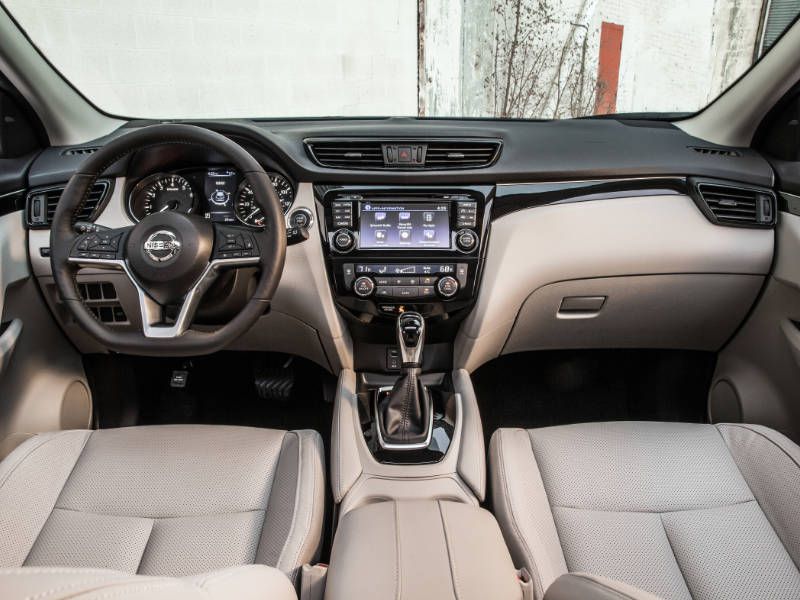
Photo by Nissan
Smaller engine, worse fuel economy.
Along with its downsized body, the Rogue Sport gets a downsized engine: A 2.0-liter four-cylinder that produces 141 hp and 147 lb-ft of torque (compare that to the Rogue, which gets a 2.5-liter engine good for 170 hp and 175 lb-ft of torque). At first, we couldn’t understand why Nissan would fit a smaller engine to the Rogue Sport; acceleration is tepid at best, and passing slower traffic on a two-lane road requires a long straightaway and nerves of iron. Why not fit the Rogue’s 2.5-liter engine? But then we read the Rogue Sport’s EPA fuel economy estimates: 25 mpg city/32 mpg highway with front-wheel-drive and 24/30 with all-wheel-drive. Those numbers are actually 2 mpg lower than the regular Rogue! Creating a smaller SUV with a smaller engine that gets worse fuel economy than a bigger SUV with a bigger engine is a stunning feat of engineering, but perhaps we aren’t quite stunned in the right way.
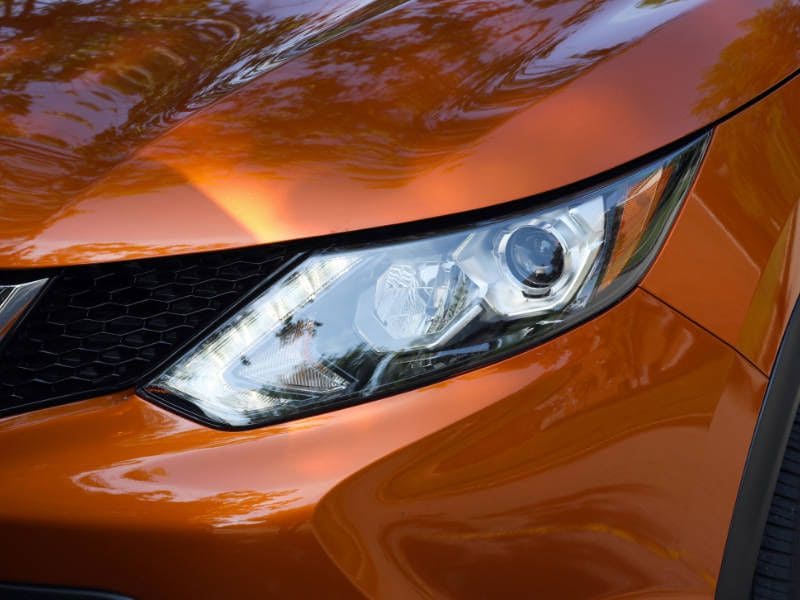
Photo by Nissan
Not a sporty drive…
The regular Rogue is not what we would call a driver’s SUV, and at first blush the Rogue Sport seems to follow the same path. We’ve already mentioned the pokey acceleration, and the steering isn’t great — it feels completely numb and provides little feedback. But the Rogue Sport does track straight down the freeway, and the chassis actually responds very nicely in the turns. Tire grip is good and composure is excellent. It just doesn’t give you much feedback about what’s going on under the wheels. If the Rogue Sport is going to live up to its Sport name, it should feel sporty — and if Nissan were to make serious improvements to the steering gear, the Rogue Sport has the potential to live up to its name.
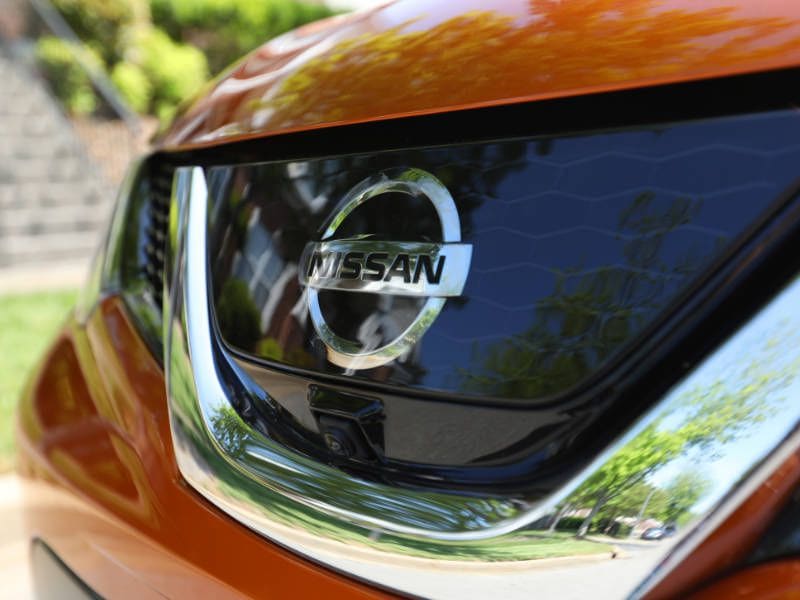
Photo by Nissan
…but very nice for day-to-day driving.
On the other hand, there’s more to the driving experience than a fast run down a curvy road. Out on the open highway, the Rogue Sport is quiet, relaxed and unobtrusive, with a big-SUV feel that stands in sharp contrast to its small size. We could see taking a day-long trip across the desert in the Rogue Sport with soft classical music on the stereo and a loved one in the passenger seat; the Rogue Sport might not engage us, but neither would it annoy us. And once in town, the Rogue Sport’s small size is a boon. It’s easier to maneuver than the bigger Rogue, and fits into the same size parking spaces as a compact car. Among the features offered on the Rogue Sport is Nissan’s AroundView system, which uses strategically-placed cameras and a bit of electronic wizardry that provides a top-down, 360-degree view of the car, making parking in tight spots that much easier.
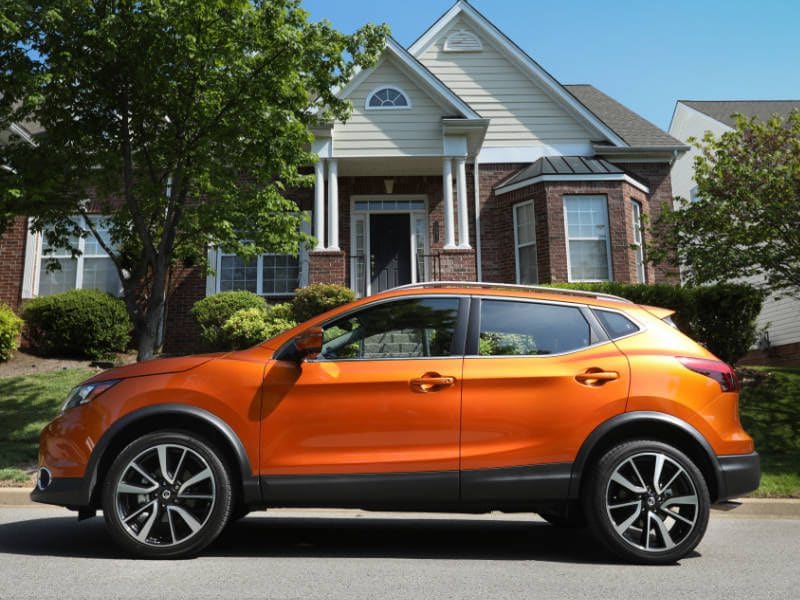
Photo by Nissan
Safety for the well-heeled.
Nissan touts the Rogue Sport’s safety resume, and indeed the option list does include some of the latest-and-greatest safety equipment: Automatic emergency braking, which detects objects in front of the car (including pedestrians) and applies the brakes automatically; lane departure warning and mitigation; and adaptive cruise control, which automatically slows to maintain a set distance from cars ahead (though this is Nissan’s lower-tier system, which only works above 20 mph; more advanced systems will bring the car to a full stop). We’re happy to see all of these systems offered in an entry-level SUV; many of the Rogue Sport’s competitors don’t have them. But we were dismayed to learn that these options are only available on the top-of-the-line Rogue Sport SL. It annoys us when automakers do this, because most buyers will opt for the mid-level trim and therefore won’t have access to these important safety features. Why reserve these potentially life-saving technologies only for those who can afford the most expensive model? We urge Nissan (and other automakers) to make these safety options available on all trim levels, not just top-of-the-range models.
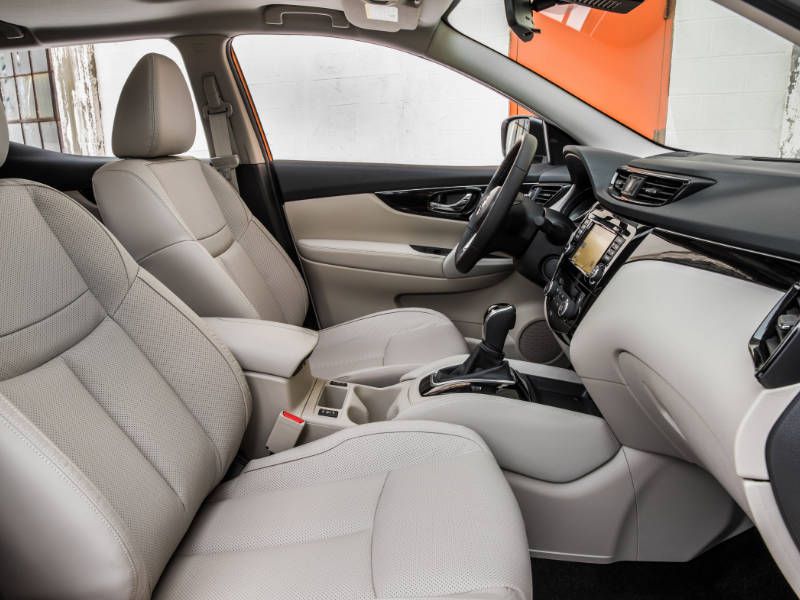
Photo by Nissan
Model Range
Let’s talk about the model range. Nissan is offering the Rogue Sport in S, SV and SL trim levels. The standard equipment list for the S includes a continuously variable automatic transmission (CVT), air conditioning, alloy wheels, and a CD stereo with SiriusXM satellite radio and Bluetooth. SV models add dual-zone climate control, keyless entry and push-button starting, automatic headlights, a rear-view camera and a power driver’s seat. The SL tops out the lineup with leather seats (heated in front), a heated steering wheel, the aforementioned Around View parking camera, and an upgraded stereo with navigation and voice recognition. At the time we wrote this review, Nissan told us the name and prices of the option packages they will offer on the Rogue Sport, but not what’s in them. We can take some guesses based on the regular Rogue: We predict that the S will most likely only offer appearance-related options, while the SV will be offered with the advanced stereo and navigation system. The SL will be offered with a sunroof and, as confirmed by Nissan, the aforementioned advanced safety options.
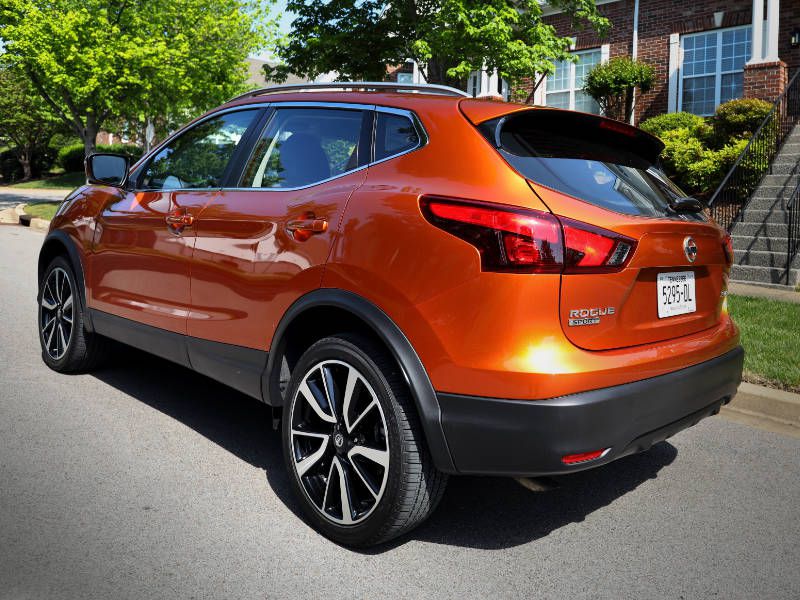
Photo by Nissan
More expensive than the competition.
Pricing for the Rogue Sport starts at $22,380 (including a $960 destination fee) for the front-drive Rogue Sport S; the mid-level SV, which will likely be the volume-selling model, lists for $23,980. All-wheel drive is a $1,350 option on all models, and pricing tops out at $31,625 for an all-wheel-drive Rogue Sport SL with all of the options. Compared to similarly-equipped competitors like the Honda HR-V, Mazda CX-3, Chevrolet Trax, and Jeep Renegade, the Rogue Sport is generally $1,000 to $3,000 more expensive.
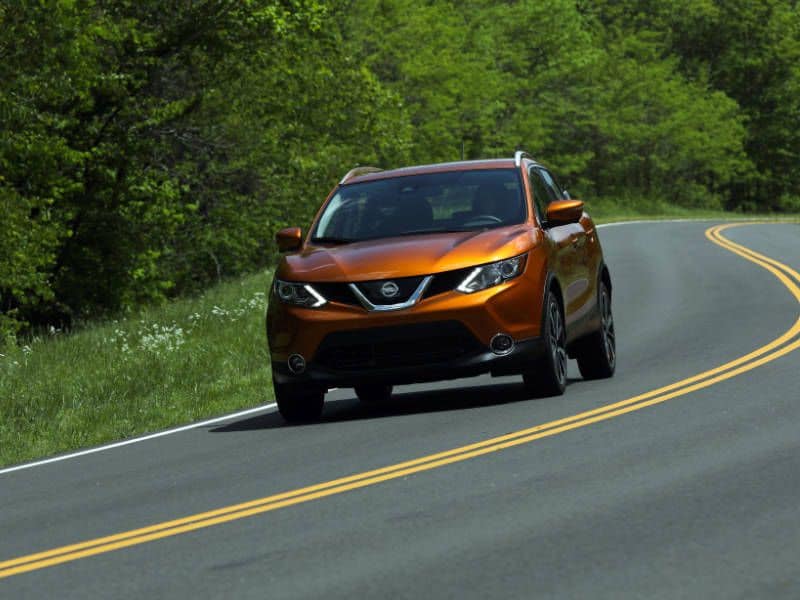
Photo by Nissan
Our verdict: Well worth a test drive.
So how does the Rogue Sport stack up? It has its weak spots: The Honda HR-V is smaller and more fuel- and space-efficient; the Mazda CX-3 is more fun to drive; and the Jeep Renegade has more personality. But we like the Rogue Sport’s high-class demeanor: It feels more upscale than its competitors and its slightly-bigger size yields important advantages, particularly in terms of back-seat space. We have no doubts about build quality; Nissan generally does a great job of screwing their vehicles together. But the high price, lack of connectivity, and the fact that the Rogue Sport is less fuel-efficient than the bigger Rogue are definite problems. That said, the Rogue is turning out to be a surprisingly strong seller against bigger and more well-established SUVs. The Rogue Sport shares many of its charms, and we expect buyers will take to it as well. If you’re shopping for a subcompact SUV, the Nissan Rogue Sport definitely warrants a test drive.
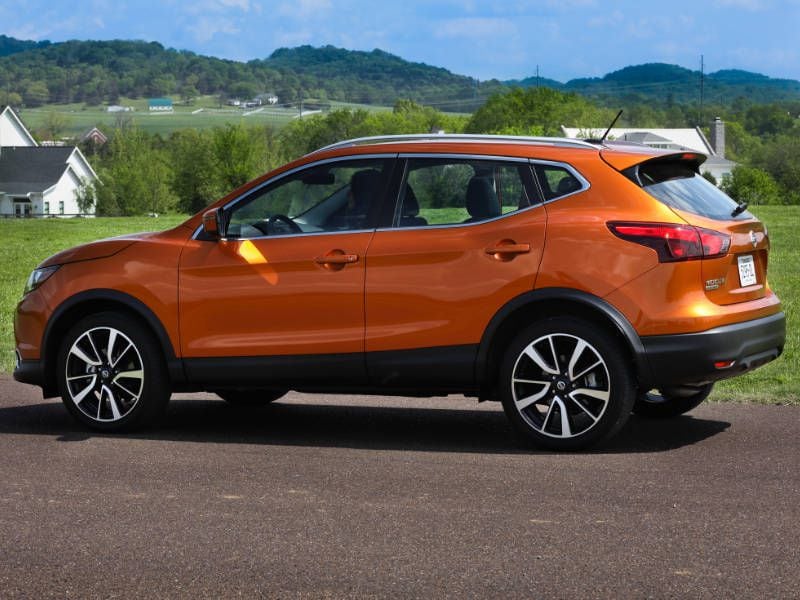
Photo by Nissan